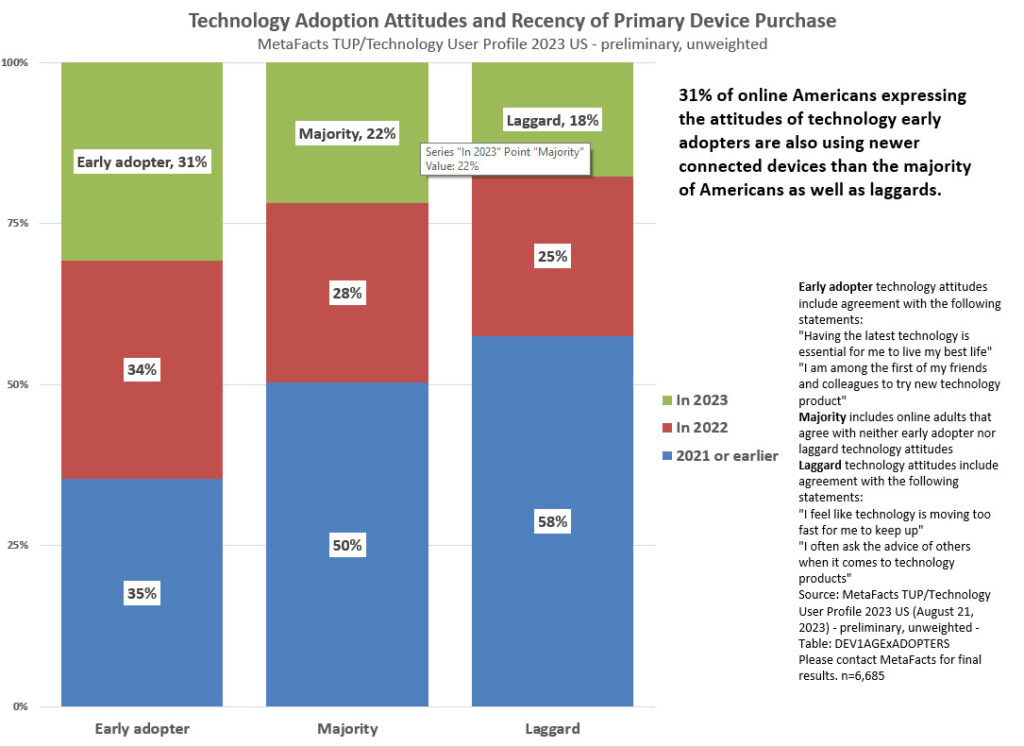Communication methods have evolved over the past few decades. While landlines were once predominant, they’ve now taken a back seat. Asynchronous communication, like email, offers the advantage of connecting without simultaneous availability, often more convenient and effective. Text messaging, in particular, has experienced a significant rise, now standing as a leading communication method alongside emails.
Interestingly, while smartphones are labeled “”phones,”” their initial use leaned more toward texting than calling. However, synchronous communication methods are making a comeback on these devices. Email, text messaging, and phone calls share nearly equal user numbers, showcasing varied preferences among users.
Our communication choices often depend on reciprocation, given its two-way nature. As a result, user groups may flock together toward specific communication modes, either adopting new methods or moving away from older ones.
Later generations, specifically Gen Z, have been experimenting with alternative communication modes beyond email, texting, and phone calls, only recently returning to levels nearly as high as those before the onset of the pandemic. Earlier generations have increased their use of these three communication modes even while navigating a shift from computers to smartphones.
This TUPdate reports on the share of online adults using their connected devices for any of the three major communication activities – personal phone calls, emails, or text messages. It reports on the trends from 2017 through 2023, highlighting the shifts that took place following the onset of the pandemic. Furthermore, it details the differences in communication behaviors between generational age groups. Report [TUP_doc_2023_1212_comt] in TUP Lenses: Activities; Communication
This content is for subscribers only.
Login Join Now



